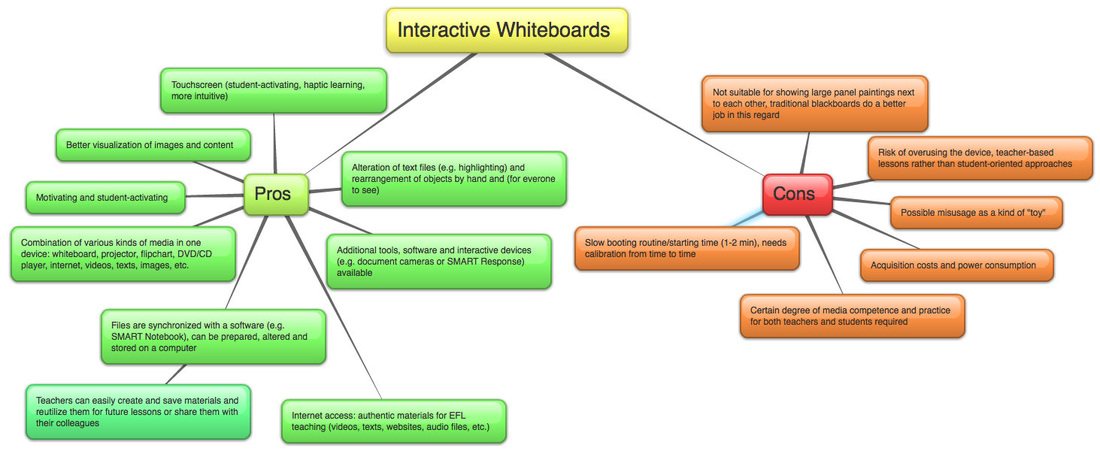The Interstate Teacher Assessment and Support Consortium (InTASC) created a list of ten standards, the Model Core Teaching Standards, which are meant "to articulate what effective teaching and learning looks like in a transformed public education system – one that empowers every learner to take ownership of their learning, that emphasizes the learning of content and application of knowledge and skill to real world problems, that values the differences each learner brings to the learning experience, and that leverages rapidly changing learning environments by recognizing the possibilities they bring to maximize learning and engage learners. A transformed public education system requires a new vision of teaching."
InTASC Model Core Standards Document
The world of education is rapidly changing, and the generation of young digital natives are a huge part of that. As a result of this, teaching instruction is changing as well, and these standards give teachers a great guide on the way that they can do this.
 If there's one thing I've learned this semester from my Education, Technology, and Design course, it's that teachers can't stay complacent with the same teaching methods every single year for however long they teach. They must always be developing new skills and methods all while accounting for the learner diversity in their classroom. Through this class, we learned how to do a bunch of new things that we can use in our teaching careers such as creating a video, designing a WebQuest, and building a whole Thematic Unit that we based every project off of for the whole semester. Because we now have these skills, we are more prepared for our future teaching careers, but our learning will not stop there! Even when we become teachers we will need to keep learning how to do new things as more ideas and technology are shared with the world.
If there's one thing I've learned this semester from my Education, Technology, and Design course, it's that teachers can't stay complacent with the same teaching methods every single year for however long they teach. They must always be developing new skills and methods all while accounting for the learner diversity in their classroom. Through this class, we learned how to do a bunch of new things that we can use in our teaching careers such as creating a video, designing a WebQuest, and building a whole Thematic Unit that we based every project off of for the whole semester. Because we now have these skills, we are more prepared for our future teaching careers, but our learning will not stop there! Even when we become teachers we will need to keep learning how to do new things as more ideas and technology are shared with the world.The other reason the InTASC standards are a great model to follow is because each of the standards are learner centered, not teacher centered. This allows for the teacher to have a guide that focuses on what their class is like instead of only focusing on what the content knowledge is. There are so many differences in every young student, so it is important to accommodate for different learning styles as much as possible.
 Collaborative, Create, Inclusive, Mastery, Challenging, Authentic, Global, Evaluate, Meaningful: All words that describe the Ten Standards.
Collaborative, Create, Inclusive, Mastery, Challenging, Authentic, Global, Evaluate, Meaningful: All words that describe the Ten Standards. These words, taken from the Ten Standards, all speak to my professional development in many ways. They all represent the various areas of commitment I believe each teacher needs to attend to in their classrooms, and they are all so important in the world we live in.
The InTASC standards show that technology can enhance the achievement of students because when you think of a student succeeding in a 21st Century world, you know that there will be a great deal of technology involved. Technology transforms the way that these standards can be met because there are so many different ways that one thing can be connected to another, and all related back to skills they will need in the real world. These standards do not have to directly address technology to include technology, and that is what makes them even greater because they do not forget about the traditional ways that already work so well. All teachers should use these standards when designing their lesson plans and when deciding on their style of class instruction because they will prepare students for college and their future careers and develop deeper learning.
Images: iClipart for schools




